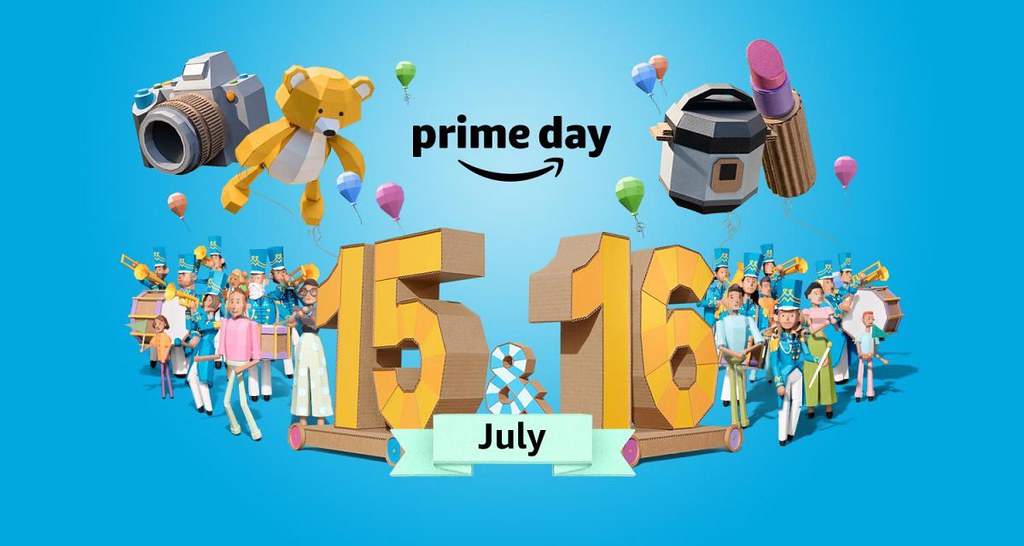Published on Oct 30, 2022
Brands today, and for obvious
reasons, are looking for ways to increase their online-retails presence. But
moving from brick and mortar to more digital channels can sometimes be
challenging due to a large number of options available. The two most common buckets
of options are marketplaces (such as Amazon or Noon) or more direct ones like a
seller’s own website.
At Shorages, we often get asked which approach is better. As part of
a three-part blog, I will be listing down some of the pros and cons of each of
these frameworks. The first part will cover in-depth what we have seen with
marketplaces in the MENA specifically. The second part will cover direct sales
channels through websites built using e-commerce platforms such as Shopify. Finally, the third part will attempt to compare the two
and highlight which is better for your business.
Part 1: Marketplaces
An online marketplace is an
e-commerce platform that connects third-party sellers with a consumer base that
visits it. The two most popular marketplaces in the GCC being Amazon and Noon.
Marketplaces have been dominating online sales in the region from when
e-commerce first started and continue to do so today. This is the case since
their benefits are plenty as they can offer:
- A Consumer Base: Marketplaces provide
brands with a platform that connects brands with consumers without the
need to splurge a large budget on marketing. By listing products on marketplaces,
consumers that frequent the marketplace will be able to view a sellers’
products as they browse for options.
- Operations Support: Most marketplaces
also offer solutions that help manage the logistics part of e-commerce.
Their backend support often includes storage, picking, packing, and
delivery of orders for items in their warehouse. They benefit from
economies of scale to make the process more efficient.
- Customer Service: A point that is often
overlooked, having a proper customer service team in place can be crucial
for an online business. Some platforms offer better customer service
offerings than others. As such, it is an important element to look-into
when identifying the right marketplace for an online business.
As it stands, the appeal for e-commerce
marketplaces stems from the instant accessibility sellers can get to sell
online. With a marketplace, they do not need to develop their website, find
payment solutions, set-up their operations, and spend on marketing. They simply
must plug and play into the marketplace.
E-commerce marketplaces such
as Amazon have become the new department store; selling a wide variety of
consumer goods from a large range of brands. More recently, we see the rise of
segment-specific marketplaces such as those that deal primarily with either
children’s toys, high-end fashion, sportswear, etc. Segment-specific
marketplaces allow brands to target a more specific consumer audience without
getting lost in the variety of options available on more generic marketplaces.
However, as more and more
sellers flock to marketplaces, it is becoming harder and harder to sell on
these platforms due to the following reasons:
- Increased Competition: Marketplaces are
driven to increase the number of sellers they onboard. The more sellers
there are in a marketplace, the more sales a marketplace can generate. But
this can damage individual sellers as this means that customers have more
options to choose from in a crowded website (more than 350 million
products are listed on Amazon at the time of writing).
- Price Competitiveness: On marketplaces,
products from different brands are placed in direct comparison with each
other. This may force brands to reduce the cost of their products and
therefore reduce their margins.
- Space Limitation: With increases in
demand, marketplaces are running out
of warehousing space to serve their customers. As
it stands, most Amazon sellers have to replenish their stock every week as
they are not permitted to store more than that in Amazon’s warehouse. This
has led several sellers to opt for “fulfilled by merchant” options on both
Noon and Amazon by using third-party fulfillment centers.
- An abundance of Counterfeit Products: Marketplaces
have been under scrutiny lately due to the abundance of counterfeit products on
their platforms. They simply do not have the time and capabilities to
verify the authenticity of the products that are listed. The presence of
these counterfeit products has led multiple brands to drop-out of these
platforms.
These issues have caused some
brands such as Nike to depart from Amazon. Instead, they have opted for a more direct to consumer
approach. However, not every brand has the same resources as Nike, so what
alternative do smaller and more independent brands have? (More on this in Part
2).



